Join the VIP Teacher Club!
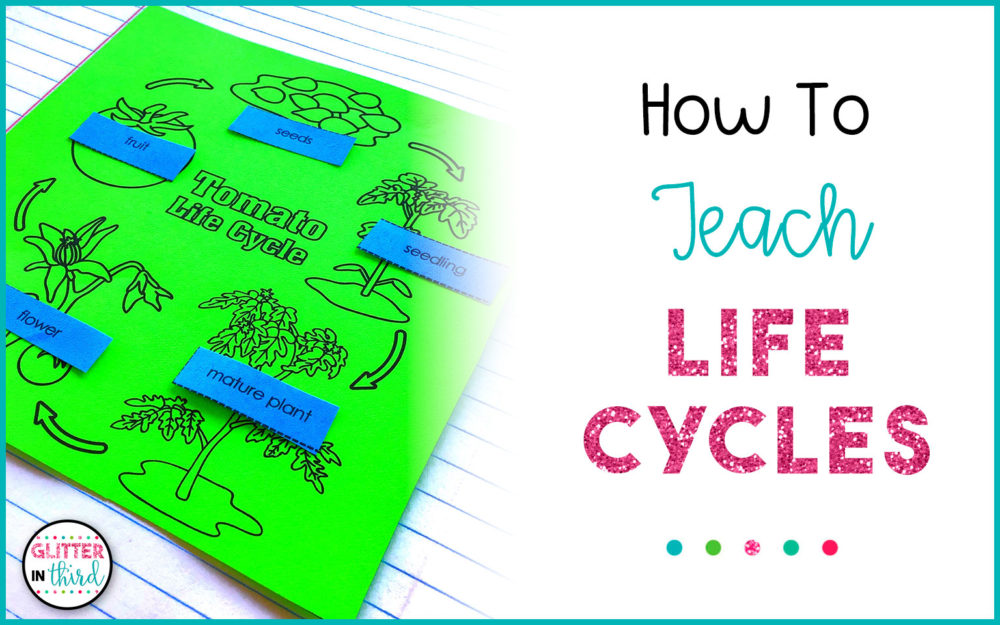
Looking for life cycles activities and lessons?
Oh how the possibilities are endless when you’re teaching life cycles!
There are so many ways to incorporate multiple forms of learning and different subjects with your plant and animal life cycle unit.
I want to share with you several ideas and activities to help you teach life cycles and get your students making life connections with their learning.
Speaking of life connections – I will forever remember the very first time I taught the life cycle of a butterfly.
We were in the thick of learning new vocabulary and understanding each stage, when I mentioned something along the lines of just how much an egg goes through to become a butterfly and how differently it looks compared to that very first stage of its life.
One of my sweet students shouted out, “LIKE ME!” And I knew then I had to tie my students into this unit! 🙂
I then had them each bring in their own baby picture to share with the class.
We placed each one on the board and numbered them randomly.
Each student got to guess who they thought was each baby!
Let me tell you, they had a BALL with this and thought it was hysterical how differently everyone looked as a baby compared to what they did as 3rd graders. 😉
You are more than welcome to try this activity with your class!
I know there are some students who probably don’t have access to their own baby photos, so I gave each of my students the option to bring in a baby photo of their own, or a picture of their favorite animal or plant that starts their life looking “differently” compared to its other stages of life.
For example, a sunflower seed growing into a sunflower, or a snake hatching from an egg.
This will give each child the opportunity to contribute. 🙂
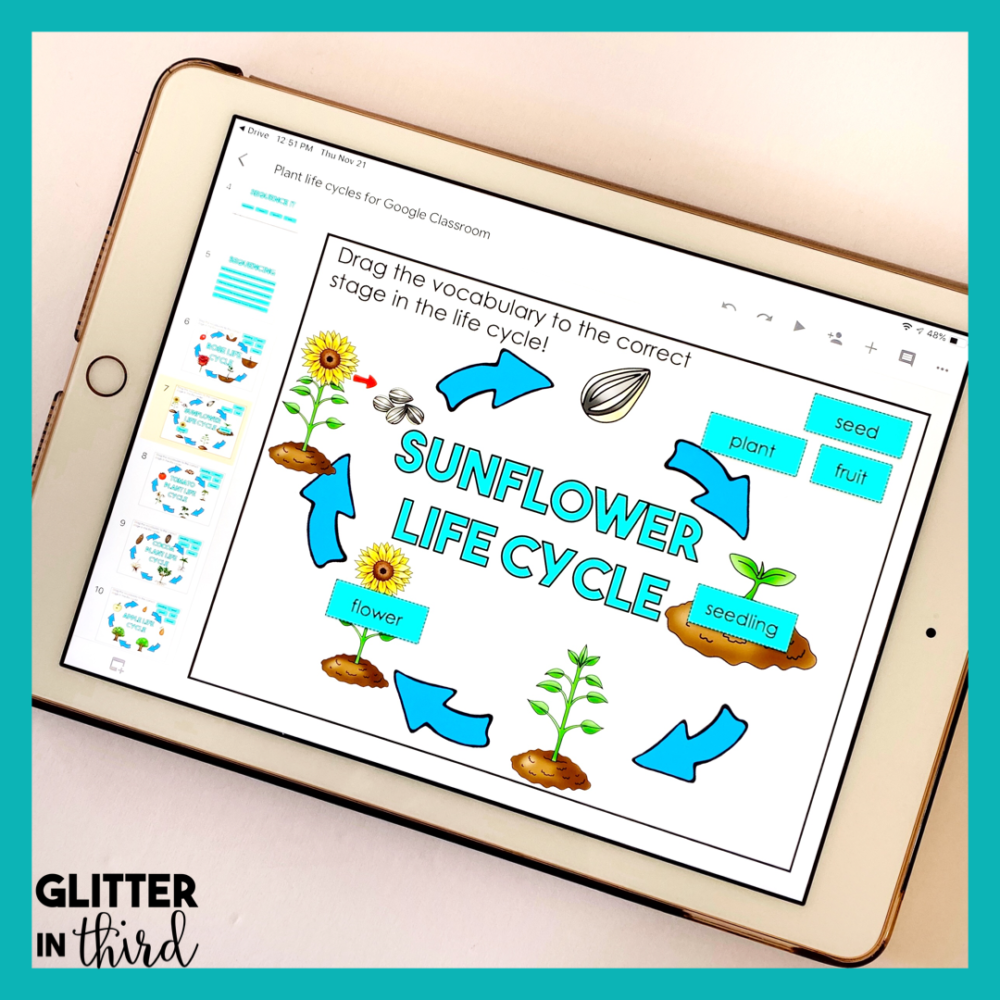
Now to share with you some lesson ideas that are more associated with actual standards. 😉
This Life Cycles Bundle includes Google Classroom activities for both animal and plant life cycles.
Each product contains vocabulary building activities that associate pictures and names of each stage, drag-and-drop activities that incorporate sequencing and comparing each stage of life cycles, a KWL chart for each phase of your unit, as well as reflection questions about life cycles.
The Plant Life Cycle activities focus on roses, sunflowers, tomato and cocoa plants, apples and corn.
The Animal Life Cycle activities focus on butterflies, ladybugs, white-tailed deer, and frogs!
You can preview the bundle with this link, and you can also check out each individual topic here: Plant Life Cycles and Animal Life Cycles.
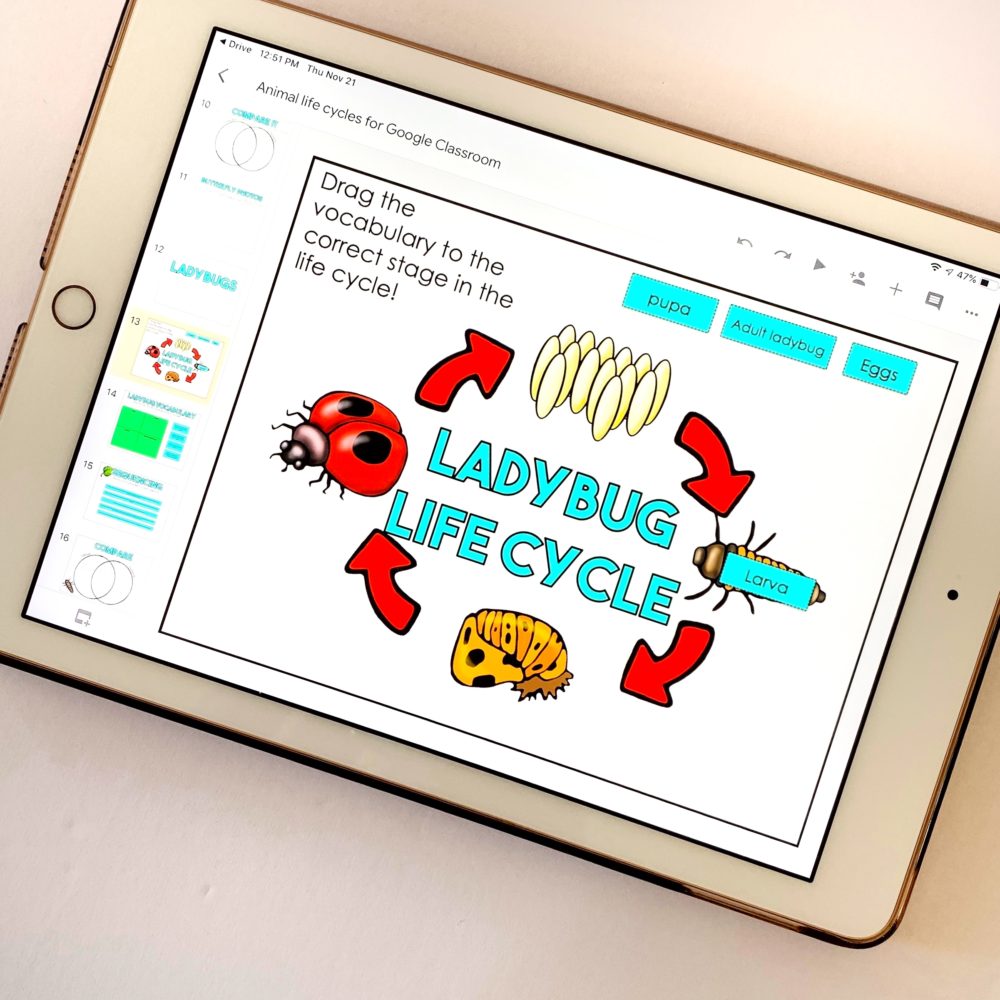

As per usual, I love providing a paper option or just another form of activities to supplement your digital ones!
This interactive notebook is an all-inclusive version of both plant and animal life cycles.
It includes venn diagrams for comparing and contrasting the life cycle of a mammal vs. insect, as well as an overall comparison of an animal life cycle vs. plant life cycle.
You can look a little closer at the different pages by clicking here!
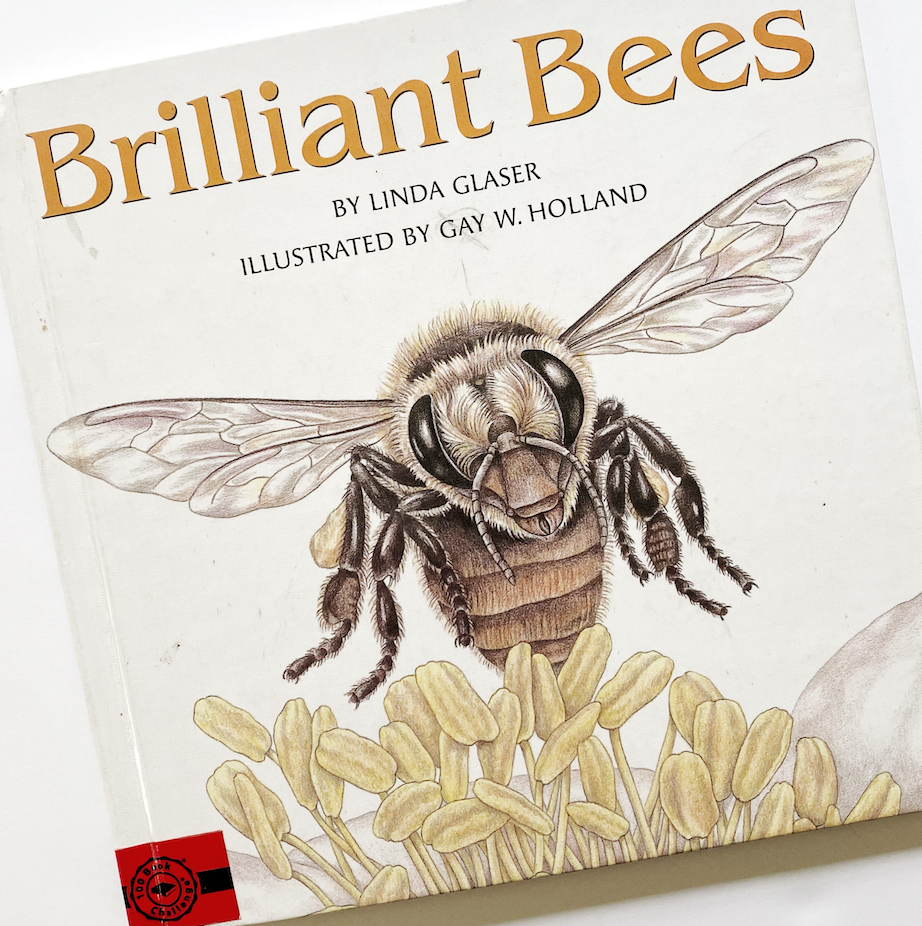
With science comes observation, making hypotheses, and reflection, which of course involves reading and writing!
Take this unit opportunity to tie in some reading and writing standards that compliment what you’re already teaching.
Sequencing, making connections, comparing and contrasting, vocabulary exercises, main idea, and even author’s purpose could all be potential literacy standards to incorporate in your life cycle unit.
Here are a few stories you can turn to that could be used for any of your literacy standards you’re wanting to involve (Amazon Affiliate links):
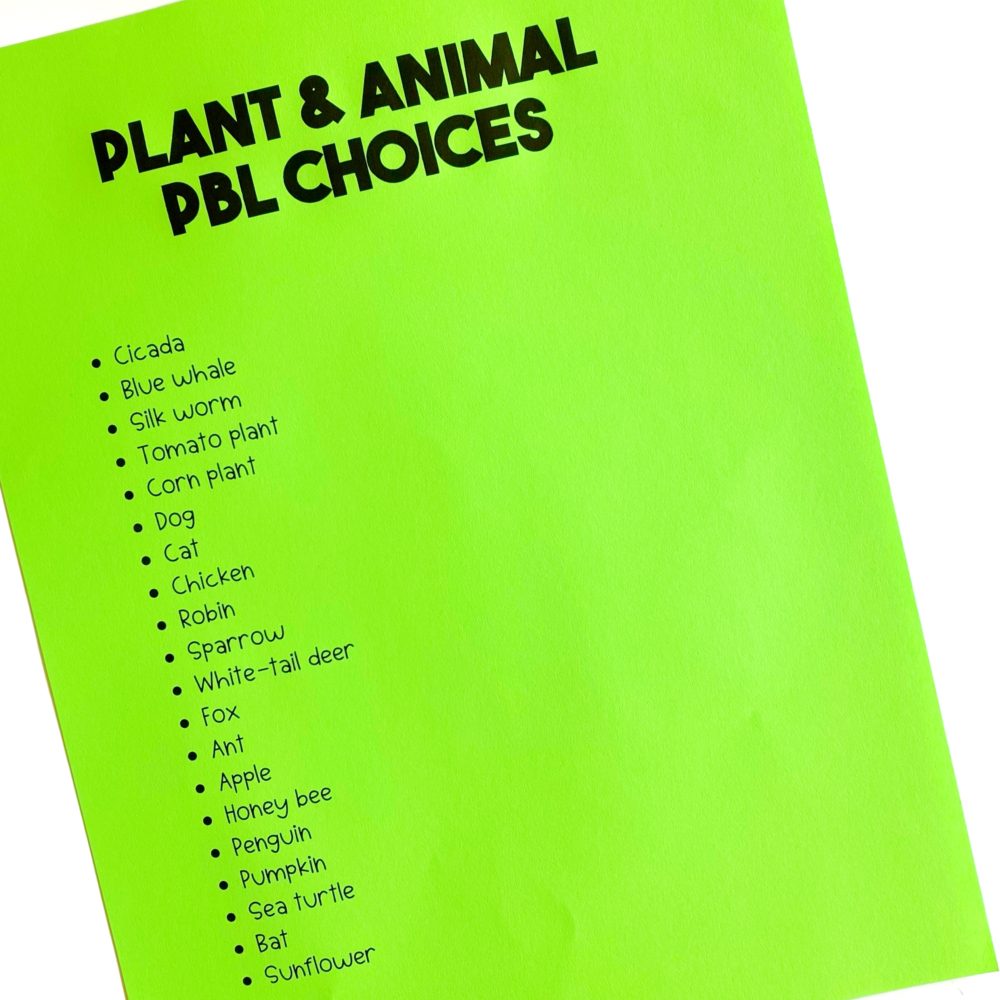
If you’d like to extend your life cycle unit, create a list of plants and/or animals that each student can choose from to conduct their own research on.
I would recommend creating a list beforehand simply so you don’t have 20 presentations to listen to on mammals! 😉
Not only will your students love getting to research their own plant or animal, but your entire class will benefit from learning from one another.
I would definitely include options for amphibians, reptiles, mammals, insects, birds, fish, and plants, too!
Provide guiding questions such as:
These kinds of projects are perfect for incorporating technology and research skills, nonfiction text features, and of course, speaking and listening skills!
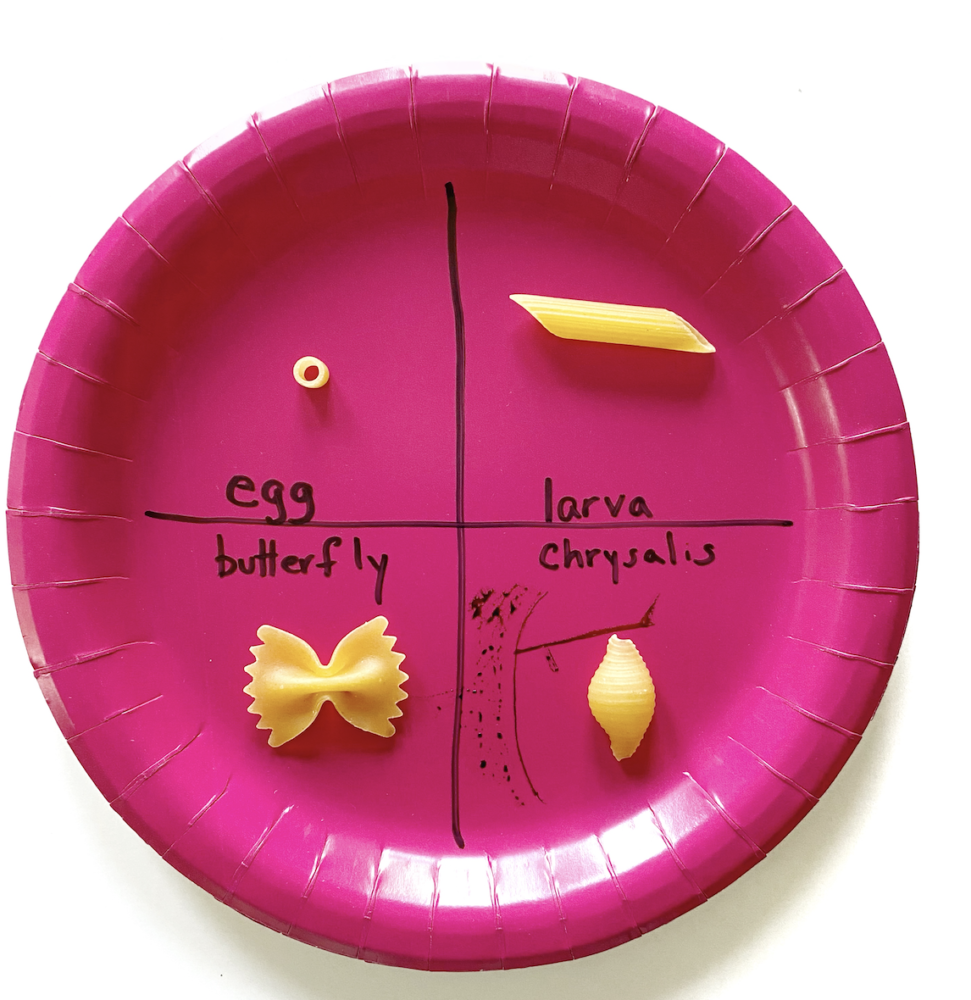
And lastly, who doesn’t love closing out their life cycle unit with a little fun?!
You can make your butterfly life cycle learning a little more hands-on by adding beans and pasta!
It’s not as bad as it sounds. 😉
Give each student a paper plate.
Have them draw a line vertically down the center and horizontally through the middle so it’s evenly divided into 4 areas, or stages.
You can use a lentil, lima bean, or whatever type of bean for the egg stage, rotini for the caterpillar stage, conchiglie pasta shells for the chrysalis, and farfalle pasta shells for the adult butterfly!
Feel free to paint the uncooked pasta and color each area of the paper plate according to the life cycle stage. 🙂
OOH I also have a blog post that you may like about curriculum mapping for science – read it here!
Incorporating standards is definitely important when teaching the life cycles of plants and animals, but don’t be afraid to go off script and just enjoy talking about LIFE with your class.
This is a great way to tie in social and emotional learning with your students and get to know them more personally.
Ask them what they love about the stage of life they’re in right now.
What are they looking forward to as they get older?
What do they wish they could still do as when they were younger?
These would all be great questions for morning meetings or journal prompts!
Have fun with the life cycles activities lessons and happy learning !
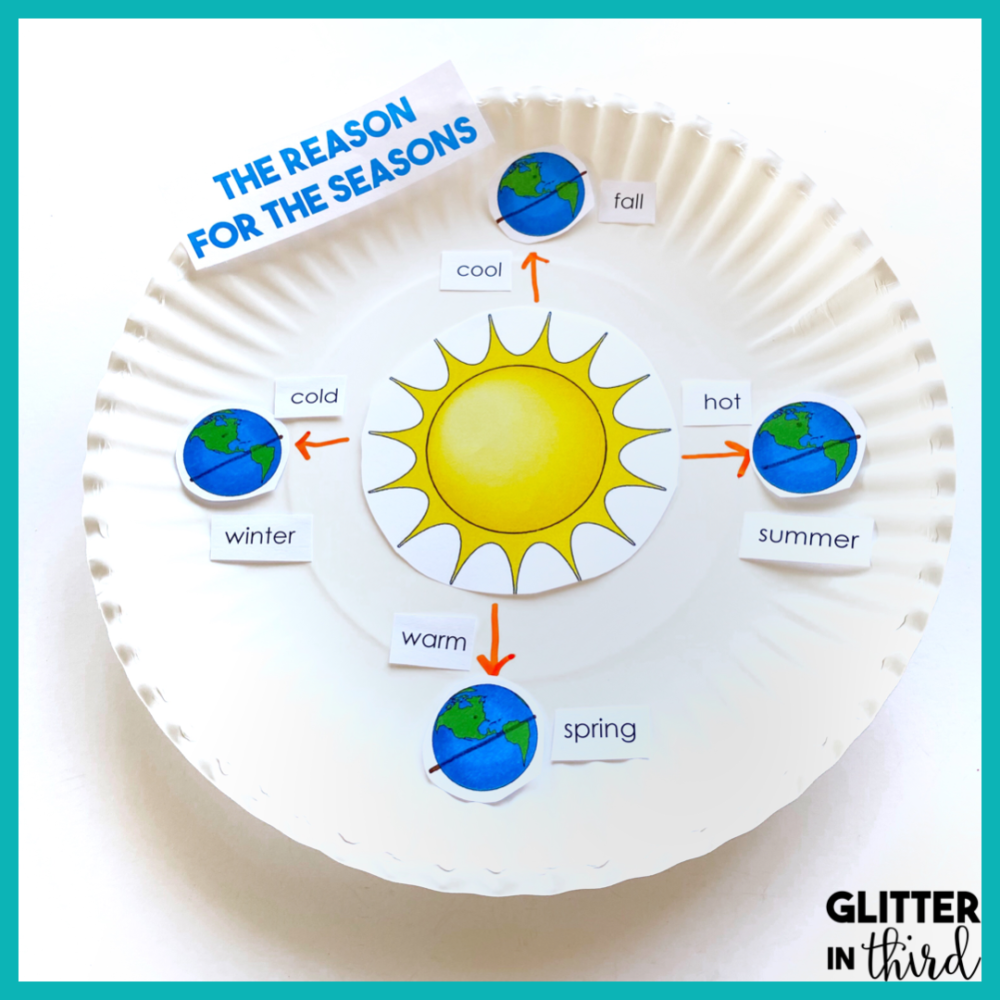
Make sure to snag my FREE Reasons for the Seasons craftivity!
Leave your info below to get it sent immediately to your inbox!
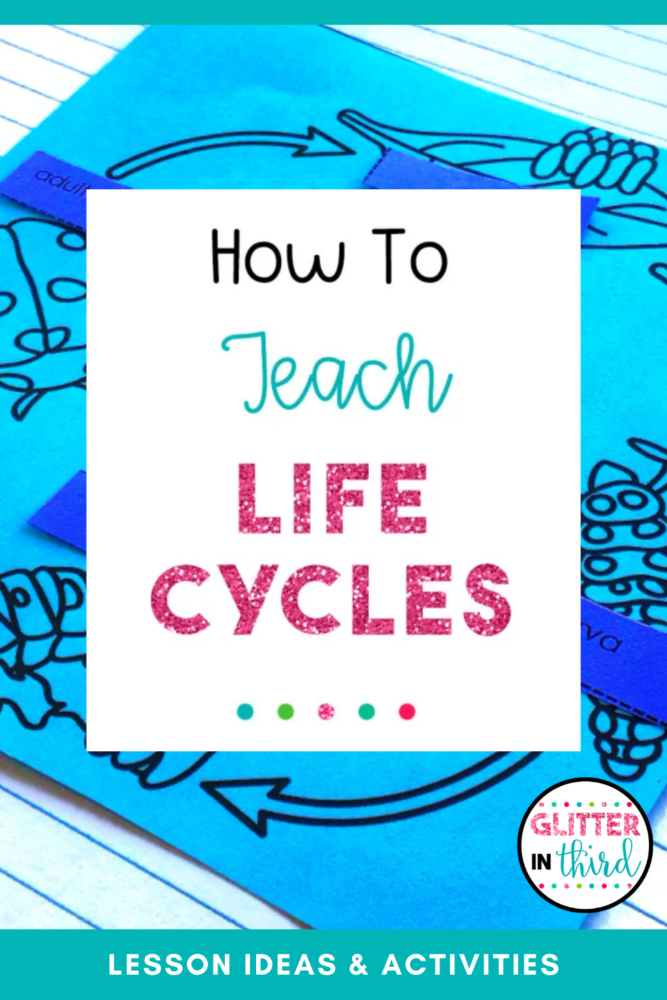

Hey there, I’m Kelly! I I love helping teachers save time with technology and resources so they have more hours in the day to spend with family and friends. Take a look around to find new ideas that you can implement in your classroom today!